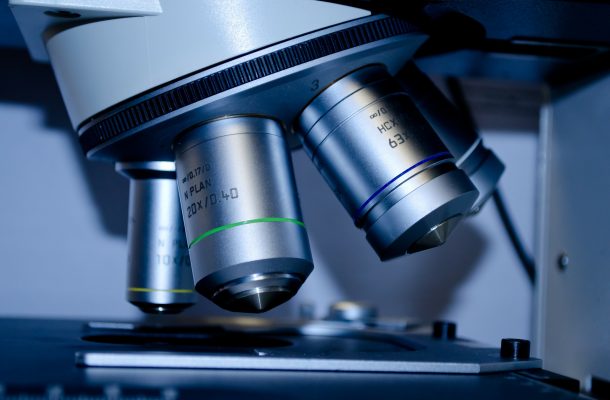R&D tax investment takes a hit

The Australian Government has released details of its investment in research and development, showing a disappointing drop of almost 8% in total expenditure from $10.4b to $9.6b.
The biggest loser appears to be the R&D tax measures for business, reducing from $2.8b to $2.3b, a fall approaching 18%. Some care needs to be exercised as the comparisons given are not final figures; they are the estimated actual figures for 2017-18 and the budget estimate figures for 2018-19. Furthermore, the R&D tax measures are not actually government spending but are revenue foregone by the government, which is perhaps more difficult to estimate.
The full impact of changes to the R&D tax measures are yet to play out. The Ferris, Finkel, Fraser Review of the system was announced as part of the NISA statement in December 2015. The reviewers were asked to “identify opportunities to improve the effectiveness and integrity of the R&D Tax Incentive, including by sharpening its focus on encouraging additional R&D spending”.
The review panel found that the R&D tax measures fell short of meeting their objectives of additionality and spillovers. They recommended six changes, which have been the subject of considerable debate since the public release of the report in September 2016. A “collaboration bonus” recommendation was not taken up, although a number of advocacy groups have continued to press the case.
On budget night this year, the government announced a range of measures to “refocus” the R&D tax measures. The refocusing included a crack down on R&D tax claims that push the boundaries of the arrangements, with enhanced integrity, enforcement and transparency arrangements. A consultation process closed 26 July and the final form of the legislation is expected to come before the current parliament.
What we currently know is that the government expects a significant reduction in the total cost of the R&D tax measures from 2017/18 to 2018/19. What we don’t know is how much the reduced expenditure is due to actual reduced R&D spending by companies or whether savings from the crack down and enhanced enforcement are having a great impact.
While one still hears horror stories of tax claims for “R&D” that looks far more like business as usual, most of the stories haven’t changed that much from the last big reforms in 2010. Obviously no government wants to provide incentives to companies to simply do what they would have done regardless. Getting that balance right is the key to tax measures for R&D and it will remain a closely watched space over the coming year.
While indirect R&D support to business may be reducing, the direct mechanism through the CRC Program is doing relatively well. Budget figures show an increase of over $30M in the annual allocation to the program over the forward estimates, rising to $192M in 2021-22. The increase is much needed, as it brings the program back toward the level it enjoyed a decade ago.
The introduction of the extremely popular CRC-Projects comes from the same budget and they continue to build momentum with business. Demand for CRC-Ps is growing substantially and companies enjoy the simplicity of the grants which foster collaboration between businesses and between business and public research organisations.
The Science, Research and Innovation Budget tables can be viewed here.
Dr Tony Peacock has been the Chief Executive Officer of the CRC Association since 2010. An agricultural scientist turned innovation advocate, he is an Adjunct Professor of Applied Ecology at the University of Canberra and sits on several administrative boards.








